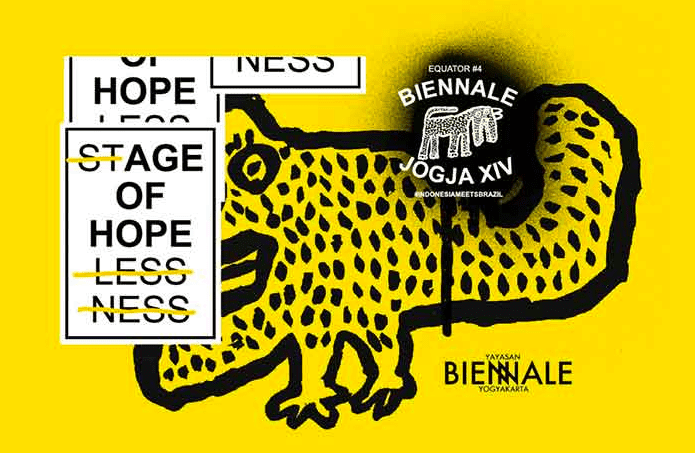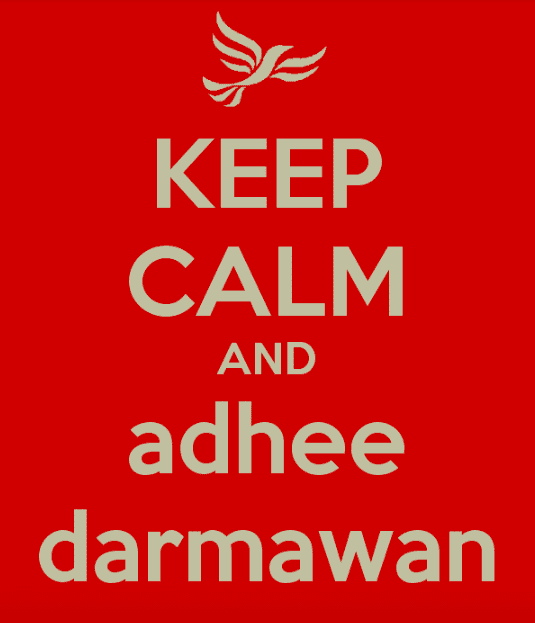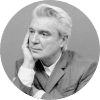Along with Lagos, Indonesia has become a new center for contemporary art. The latest big news is that the 10-member Indonesian collective ruangrupa has been chosen to curate Documenta, the forward-looking art mega-event in Germany. The country also now has its first contemporary art museum, which opened in Jakarta in 2017.
It has A-list artists, too. Balinese artist I Nyoman Masriadi used to sell souvenir paintings to tourists in Bali…now his work goes for more than $1 million at auction. (So, if you were drawn to those paintings that vendor was hawking on the beach, trust your instincts.) This makes Masriadi the top contemporary auction-house artist in Southeast Asia. But is his success evidence of a growing creative ecology, or a lone exception? Are other Indonesian artists making real money and finding a way to make a life in art?
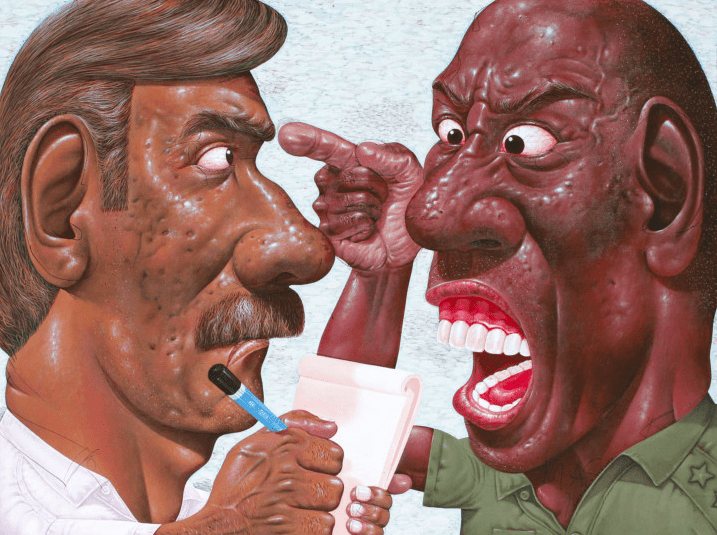
The building blocks of a creative ecology seem to be falling into place. Another Balinese artist, I Made Aswino Aji, helped initiate Art Bali along with Heri Pemad, who also founded ARTJOG, Indonesia’s foremost contemporary art fair. Quoted in the Jakarta Post, Awino Aji said, “Our aim is to help build a sustainable art ecosystem in Bali.”
Bali is not very big, but if one includes the rest of Indonesia the prospects for a sustainable ecology are looking pretty good. A number of institutions have emerged in recent years. The OHD Museum near Yogyakarta, the biennale Jakarta 32°C, the National Gallery of Indonesia, the media arts festival OK Video, the Cemeti Art House (an incubator) and Art Stage Jakarta, an art fair. There is the journal Karbon. There is the Indonesian Institute of the Arts, the Jakarta Biennale and Biennale Jogja.
Who’s going to buy this stuff? There are more billionaires in Indonesia than in Japan, and a rising middle class. Along with this, there is a growing international interest in the local artists. I am most encouraged that these artists and institutions don’t automatically feel obliged to work in the “global style.”
Here is the title of the 2017 Biennale Jogja:
The opening ceremonies at the Jakarta Biennale (there are so many biennials!) featured gender non-binary priests from Sulawesi, an Indonesian island east of Borneo.
https://www.instagram.com/p/BbEpLobF4KZ/
Although the smaller city of Yogyakarta is often viewed as the cultural capital of Indonesia, a couple of years ago the Museum MACAN opened in the business capital, Jakarta.
With this museum, one will expect to see a similar knock-on effect as with the Zeitz MOCAA museum in Cape Town. These institutions generate respect and provide a showcase for local artists…but by themselves they’re not enough—they are only one piece of what is needed for a functioning ecology.
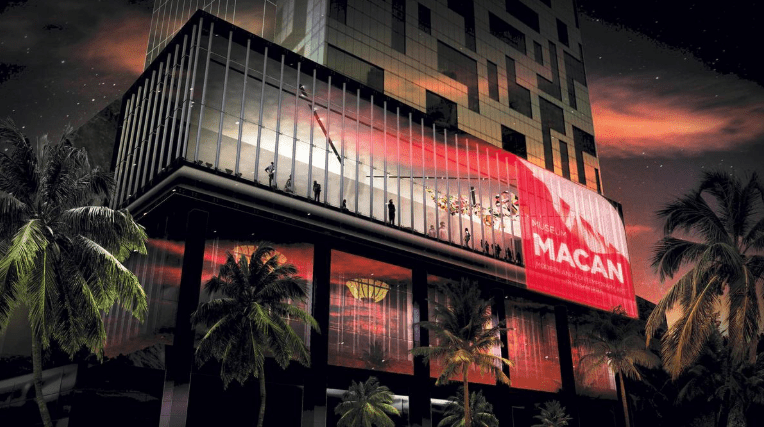
When it opened, MACAN showed a piece by the artist Arahmaiani that combines Hindi yoni and lingam genital symbols over Arabic script. This piece, made in 1994, sparked outrage, and the artist received death threats and had to leave the country. Now it’s being seen again, and a more open attitude seems to be emerging. Indonesia is the worlds largest Muslim-majority country, and this kind of tolerance is important if a creative ecology is to take hold and thrive.
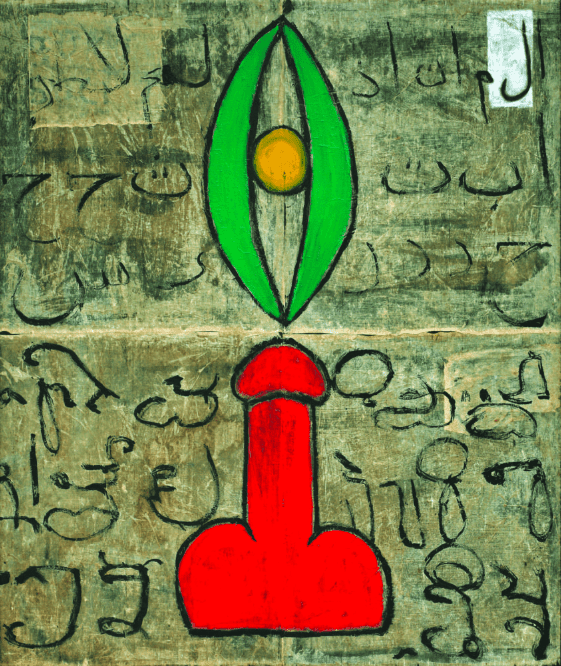
MACAN also recently featured an exhibition of work by Jeihan Sukmantoro, who in the 1960s and ‘70s made art about his home in Cicadas, West Java, an area known for prostitutes and petty crime. He painted the people from the neighborhood and turned his house into a community hangout (he was one of the few who owned a TV.) What he did in that place and at that time was incredibly important, but now much has changed.
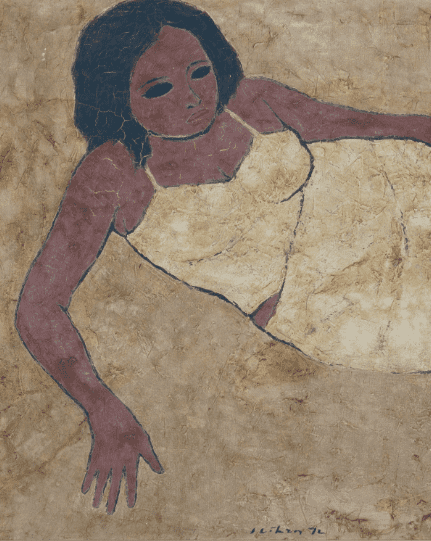
The biggest of these changes is that Indonesia, ruled by a dictatorship until 1998, is now a free country. Back then, art often focused on social issues and incorporated local and traditional elements. But since the reformasi, the energetic reform movement that arose after the dictatorship ended, the mood has relaxed a bit. There are now dozens of collaboratives and collectives and the attitude is more playful.
The journal Afterall says that one could compare the contemporary art scene to karaoke: participatory, slightly chaotic, a mish-mash of global and local subcultures. The ruangrupa space is described as more of a clubhouse than a traditional Western exhibition space. It’s always open, there’s a library and a lab, and it’s known as a place for parties.
https://www.facebook.com/ruangrupa/photos/pppbo.110842727897/10155444686232898/?type=3&theater
From the Jakarta Post:
Ade Darmawan, ruangrupa’s director, says about their ambitions for participating in Documenta, “If Documenta was launched in 1955 to help heal war wounds why shouldn’t we focus on today’s injuries, especially ones rooted in colonialism, capitalism or patriarchal structures and contrast them with partnership-based models that enable people to have a different view of the world?”
“Runagrupa is not just a collective of artists. Our backgrounds vary diversely and geographically. Everyone contributes their part equally, like in a band.” (I wonder if he was ever in a band!? —DB)
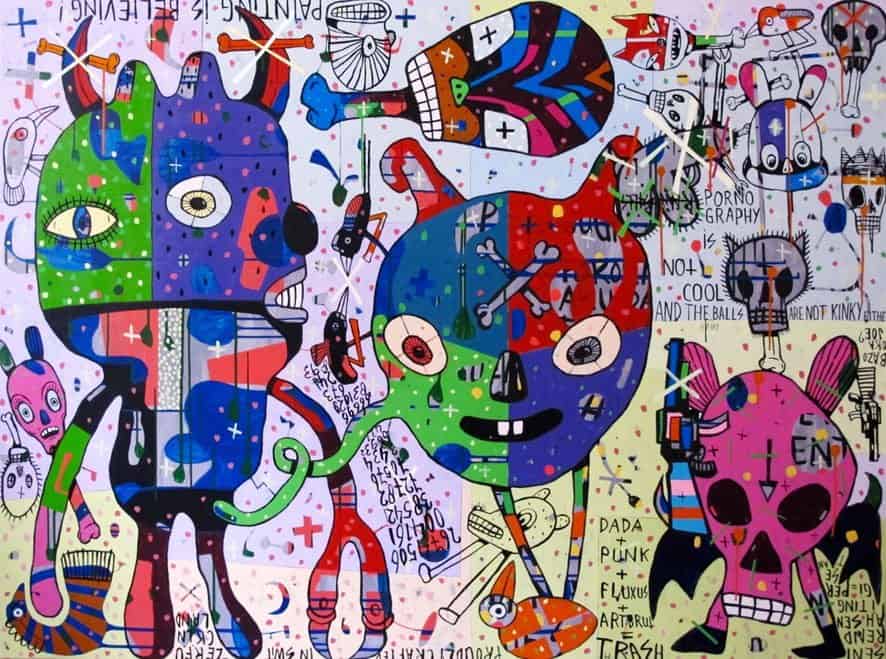
And in an interview with the art magazine Nafas:
“The artist should no longer position himself as a ‘prophet’ or ‘healer,’ as the center of consciousness and master of a language that is not that of the broad public or understood by it…Many groups that come to ruangrupa do so because they are interested and because they can make a connection between their everyday reality and our events.”
It’s doubly exciting that these artists and collectives are working in their own ways, tackling their own histories and identities, and keeping an eye on the need to build a scene that will be long lasting and supportive for everyone. It’s completely different from the sometimes competitive loner mentality we have in New York, and we know-it-alls could learn from them how to make our own art and ecology more open, fun and responsive.
This story is part of a collection called Art is Everywhere: Stories about artists making a living in unexpected places. Read more here. Also in this series from David Byrne, a tour of the art scenes in Kochi and Lagos.
